Explore the Art and Vision Connection
Art and vision are deeply intertwined. Some of the greatest painters—Monet, Van Gogh, El Greco, Degas, Mary Cassatt, and Van Eyck—are not only celebrated for their creativity but also offer clues about how eyesight and perception shape art.
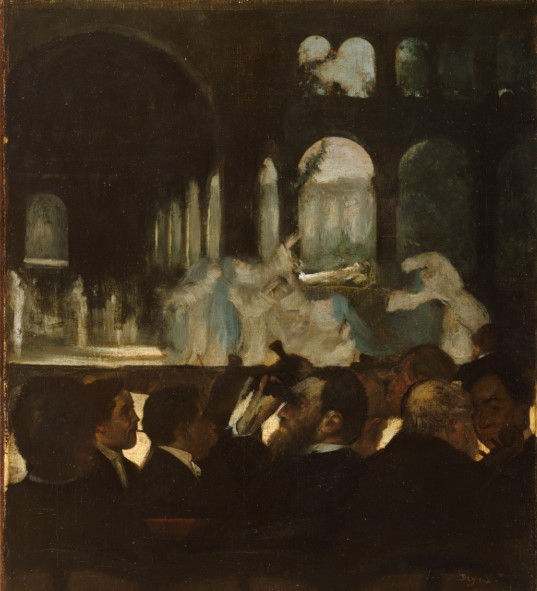
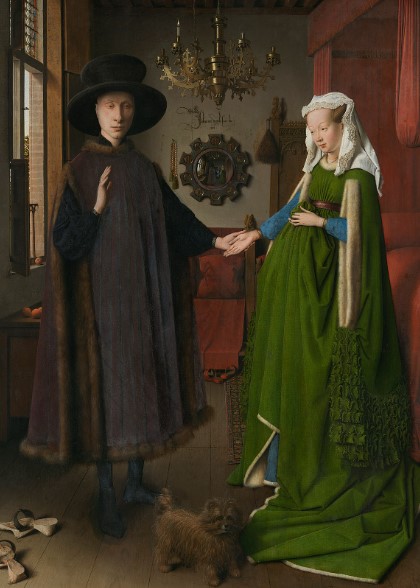
See it in London: Art and vision walking tour
Start at the National Gallery, enjoying Van Eyck’s portraiture and El Greco’s light effects. Stop off at the British Optical Association Museum a hidden gem on Craven Street. Walk along the strand to The Courtauld, to reflect on Impressionist explorations of light, weather, and vision. Finish at The Tate Modern.
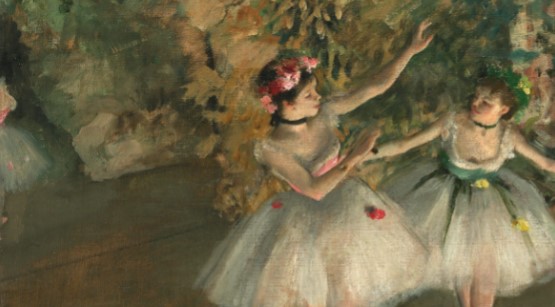
The Courtauld Gallery (Somerset House, Strand)
Home to Monet’s London Thames views, Van Gogh’s Self-Portrait with Bandaged Ear, and Degas’s ballet dancers
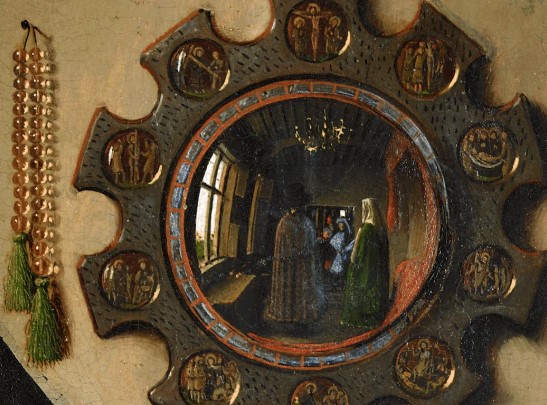
National Gallery (Trafalgar Square)
Houses El Greco’s dramatic religious scenes, Van Eyck’s early Netherlandish portraits, and legendary paintings by Van Gogh and Degas.
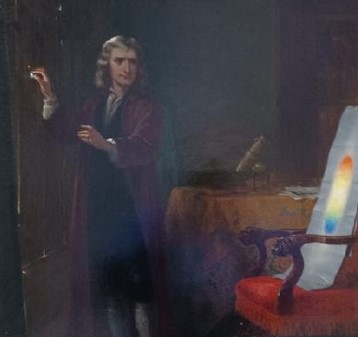
British Optical Association Museum
(By appointment only)
The British Optical Association Museum, located at 42 Craven Street just off the Strand, is the world’s oldest ophthalmic optics museum, founded in 1901. Now part of the College of Optometrists, it’s an essential stop for anyone interested in the history of eyewear, eye care and visual science. Over 30,000 artefacts showcasing spectacles, contact lenses, vision-testing instruments, medical models and eyewear fashion through the centuries
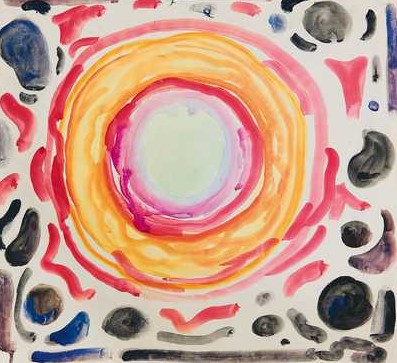
Tate Modern
The Tate Modern in London is home to one of the world’s most iconic collections of modern and contemporary art, featuring works by Picasso, Hockney, Warhol, and more.
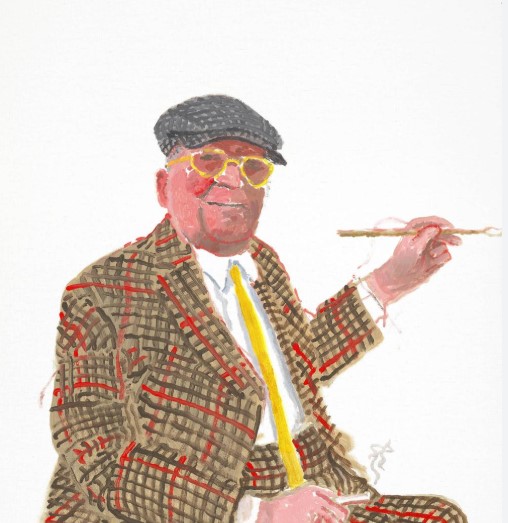
National Portrait Gallery
The National Portrait Gallery (NPG) in London offers a unique lens into British culture—from historical figures wearing monocles and spectacles to modern pop stars and style icons that resonate today. Exhibitions range from classic portraiture showcasing daytime eyewear to striking photographic captures of contemporary celebrities sporting sunglasses and statement frames..
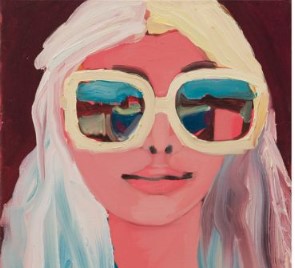
Royal Academy of Arts
The RA located in the heart of Piccadilly, London, is a must-visit destination for lovers of Impressionism and 19th-century art. The Academy frequently features works by Degas, Cassatt, and their contemporaries, including intimate drawings, pastels, and rarely-seen sketches that offer insight into how these artists observed and captured the world, sometimes in the face of declining eyesight. During the summer, pop by the RA Summer show and spot spectacles making pop culture.
Explore the Art and Vision Connection
1. Leonardo, Van Eyck & El Greco: clarity and precision
Early masters like Jan van Eyck and El Greco painted with astonishing detail and sharpness. Eye specialists such as Patrick Trevor‑Roper have studied whether early visual deficiencies, like uncorrected myopia and astigmatism, influenced their uncanny ability to render fine detail.
2. Impressionists: light, contrast and changing air
Claud Monet famously captured the Thames in shifting London fog. Research by Michael Marmor and colleagues shows that industrial pollution changed atmospheric light, subtly influencing how Monet and Turner portrayed haze and luminosity, however there is debate as to the impact of their cataracts.
3. Van Gogh & Degas: visual disturbances and vision
Vincent van Gogh’s turbulent brushstrokes and Degas’s fragmented compositions may reflect ocular or neurological changes. Degas himself feared growing visual decline, and Trevor‑Roper has linked their stylistic choices to shifts in vision, did Degas have AMD? He was certainly myopic. Was Van Gogh’s colour vision effected by retinal toxicity?
4. Mary Cassatt: clarity in intimacy
Cassatt’s soft pastels and intimate mother-and-child scenes reveal a clarity of vision and emotional perception—possibly accentuated by the corrective glasses common among artists of her era.
